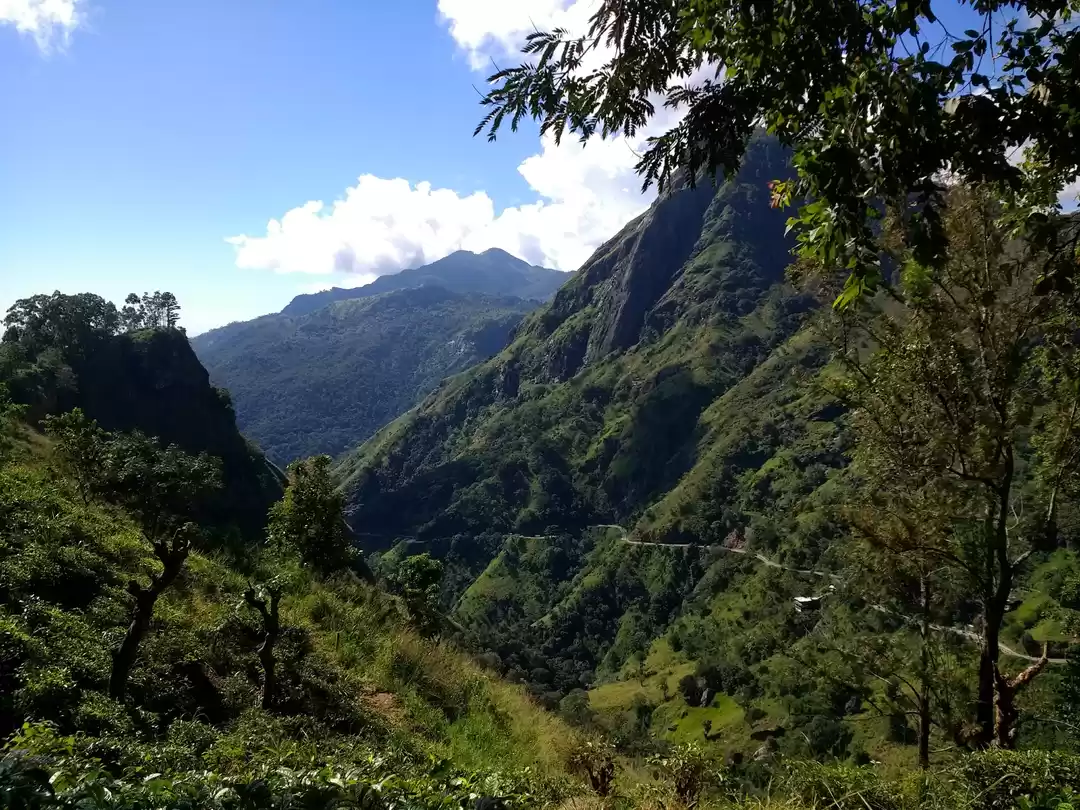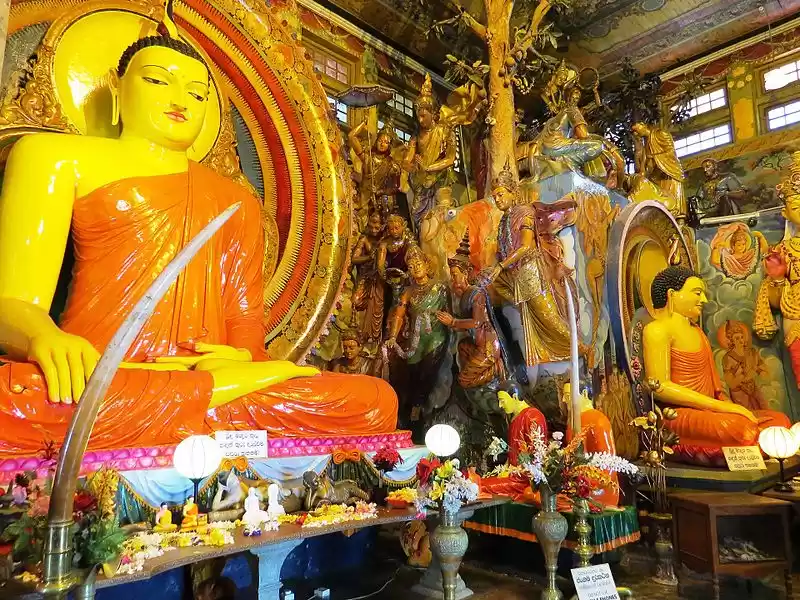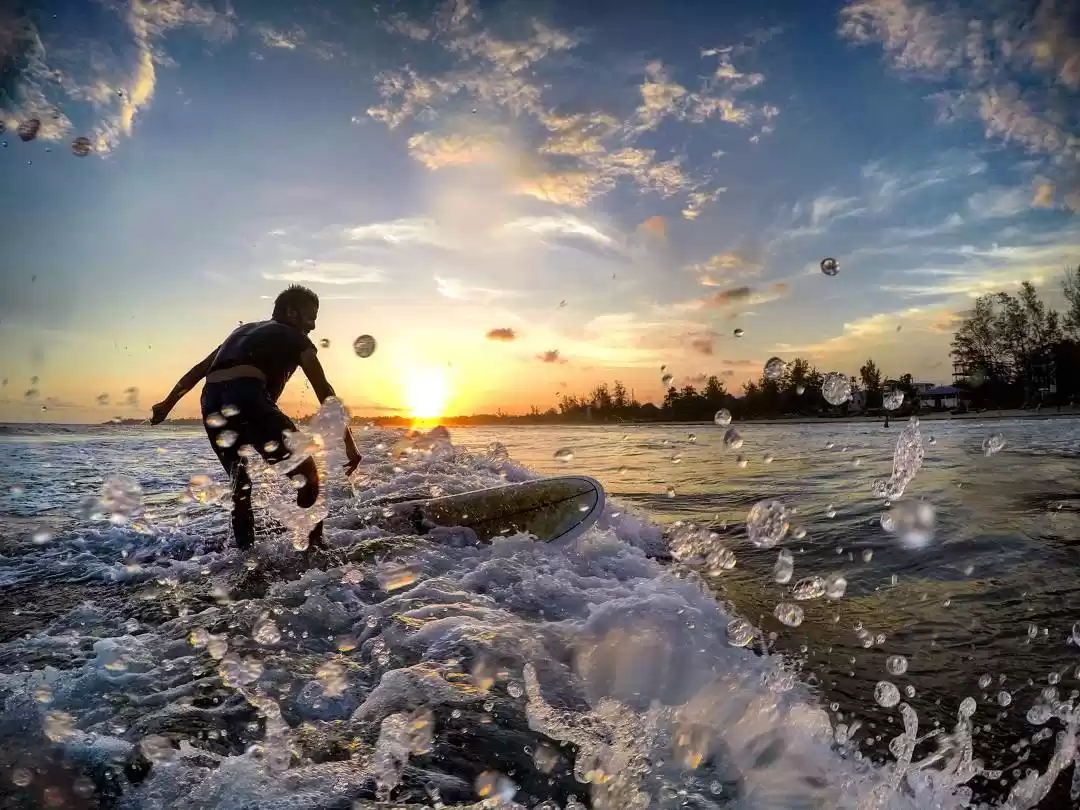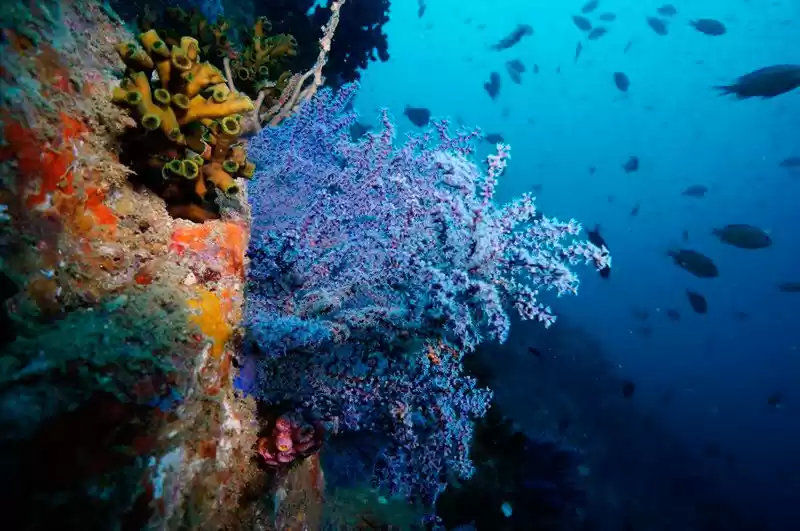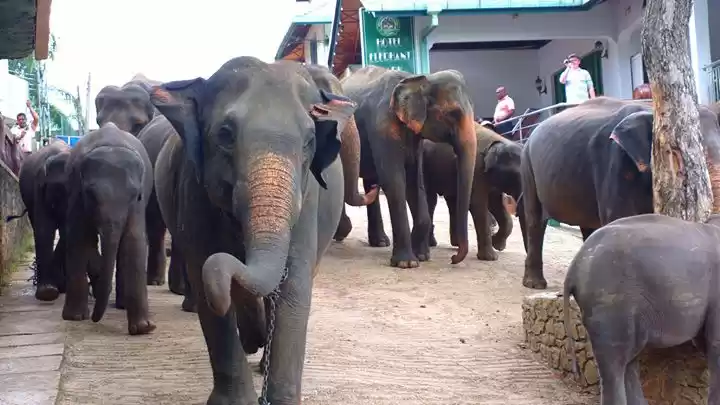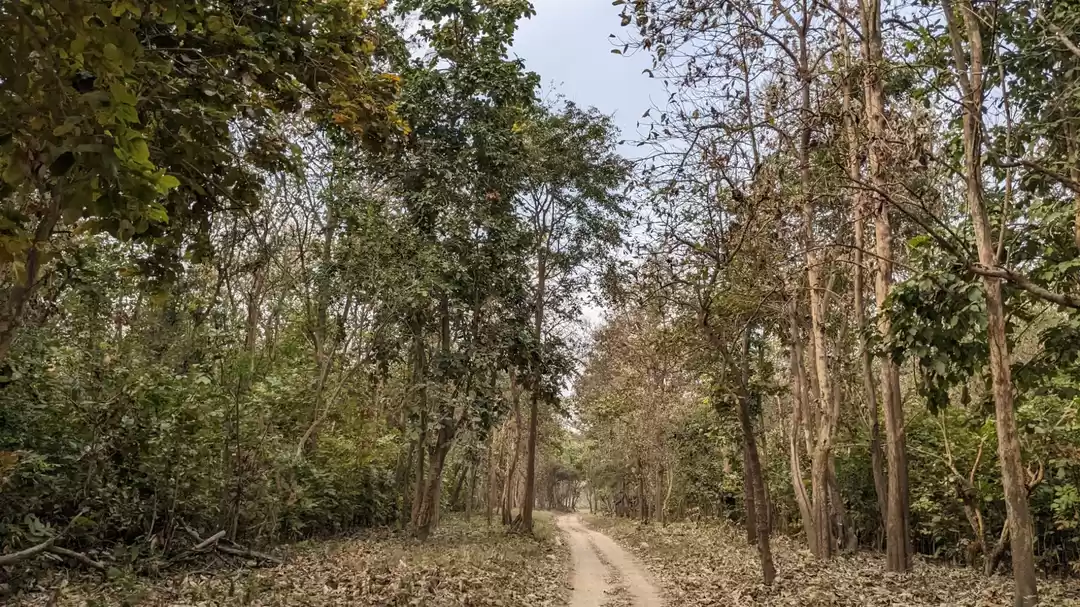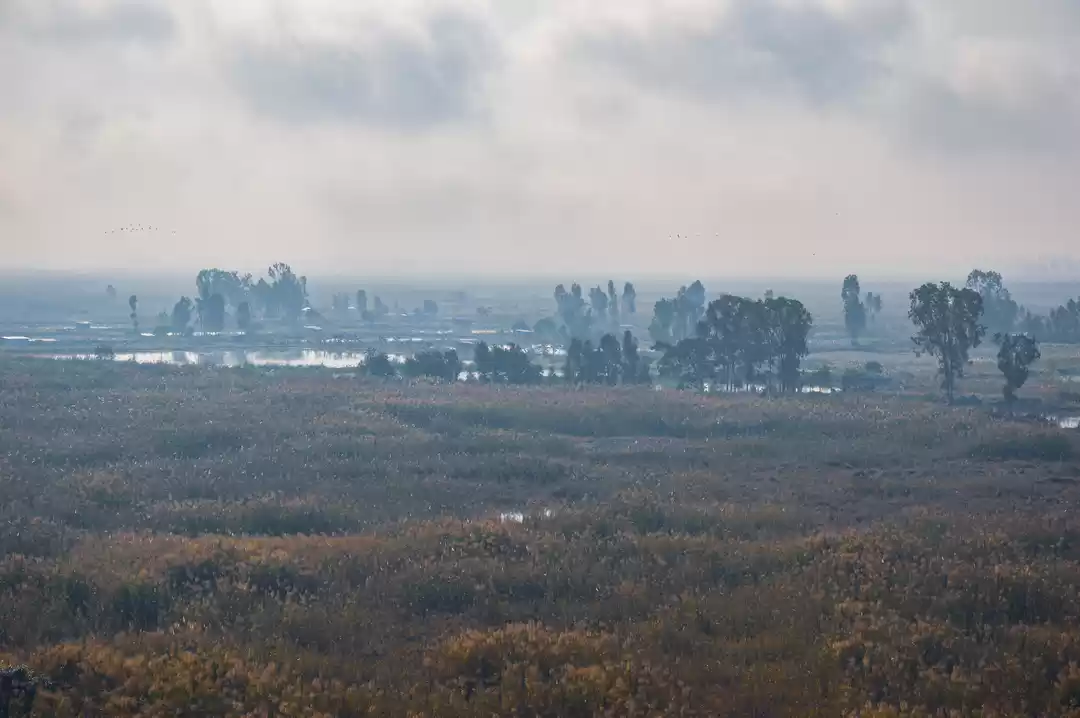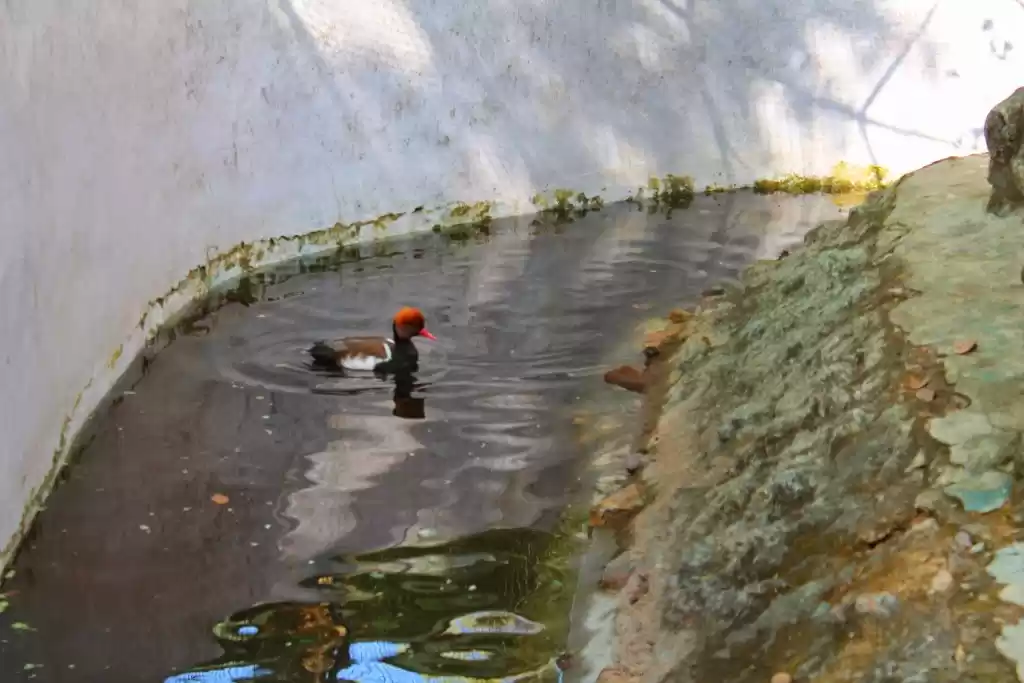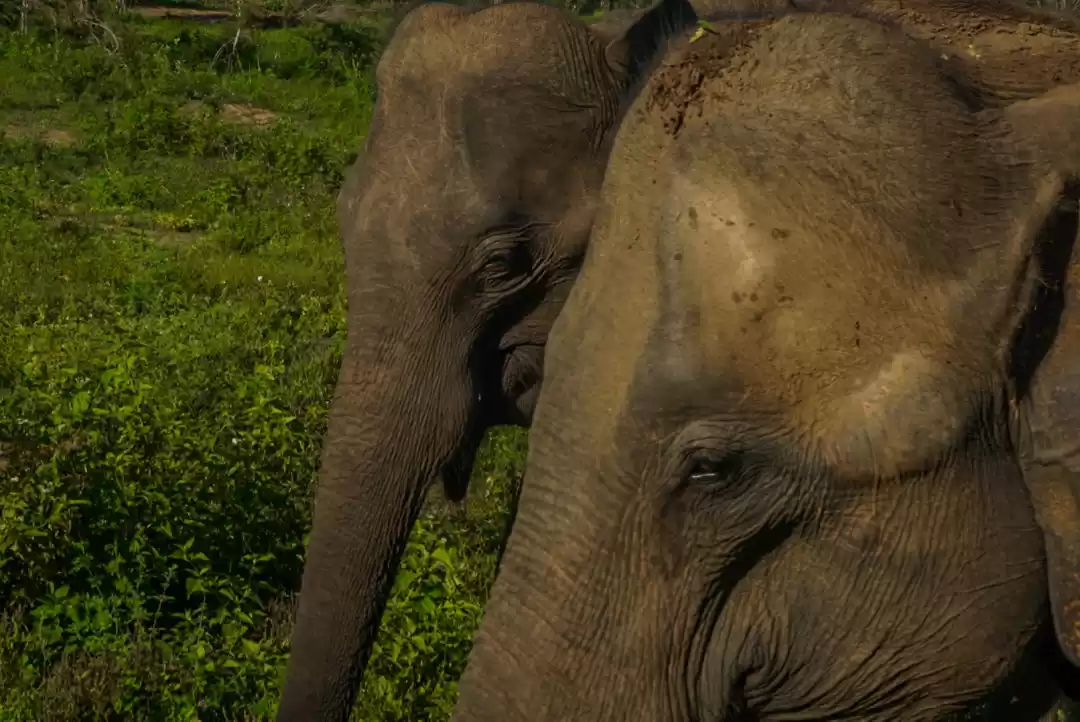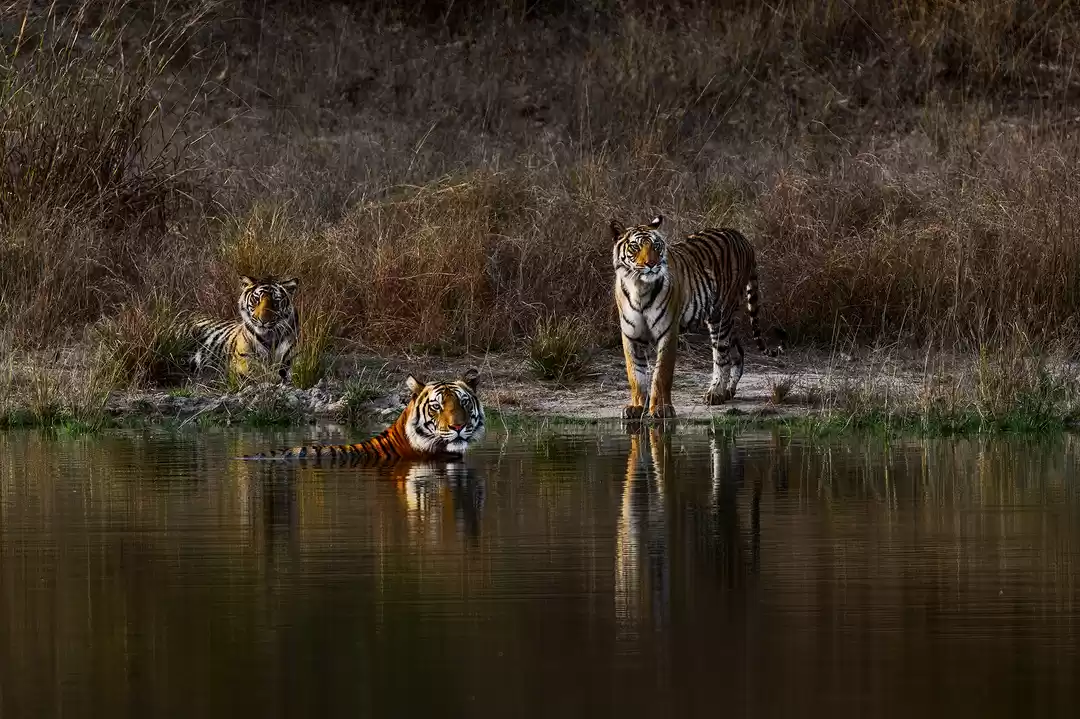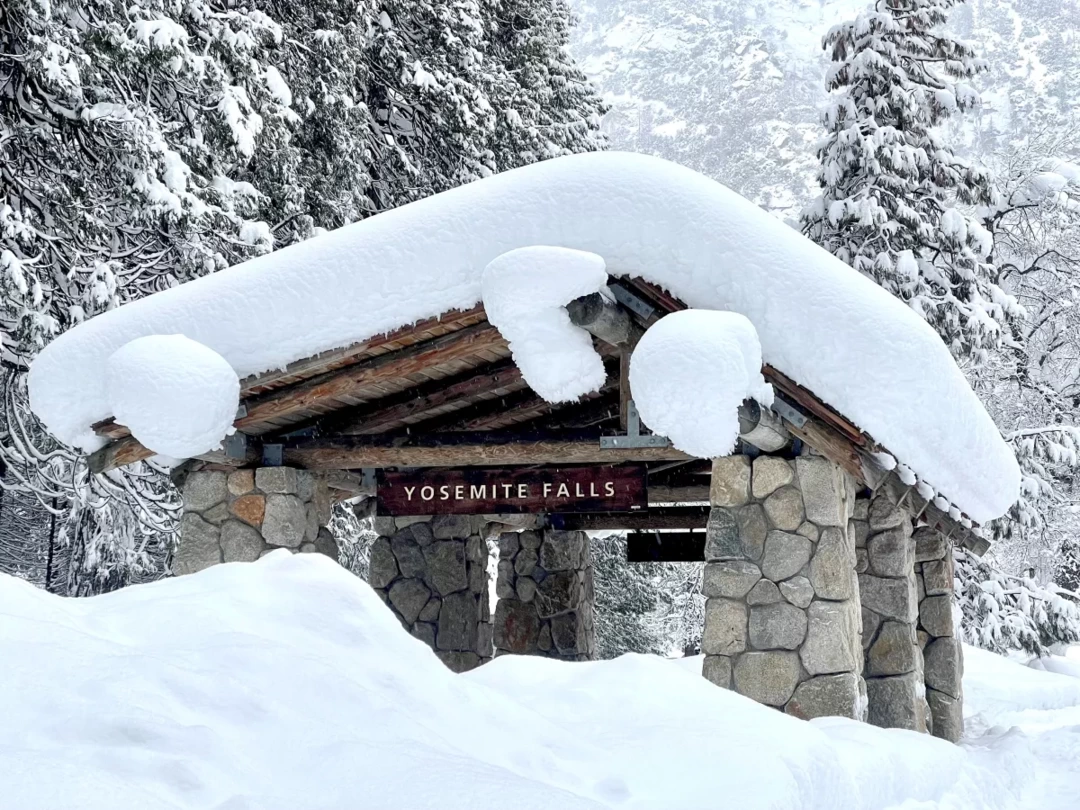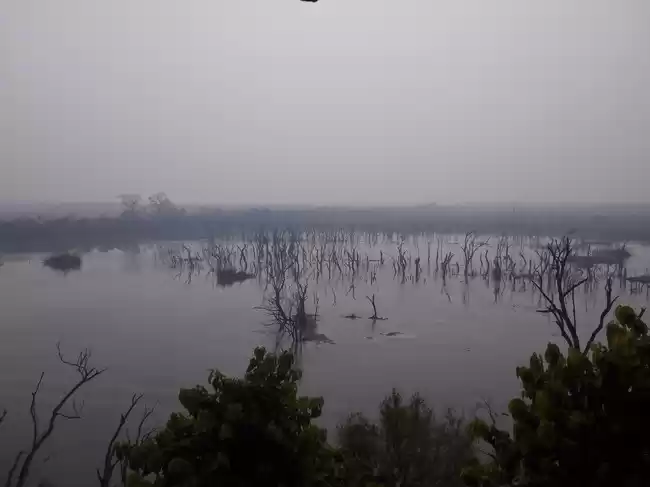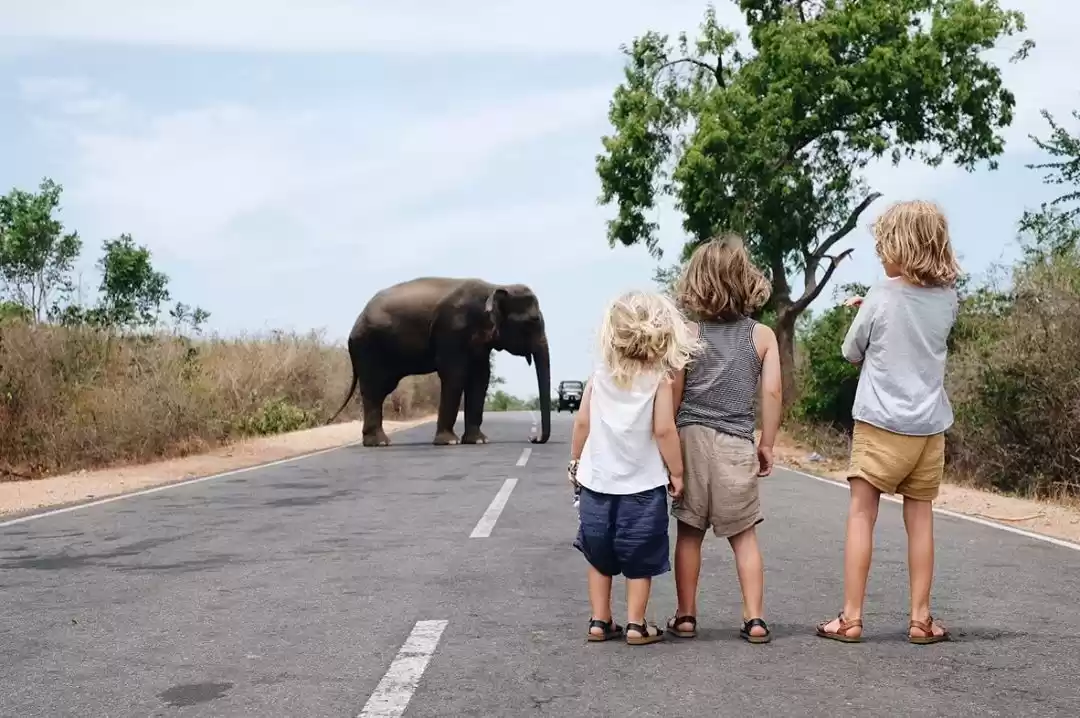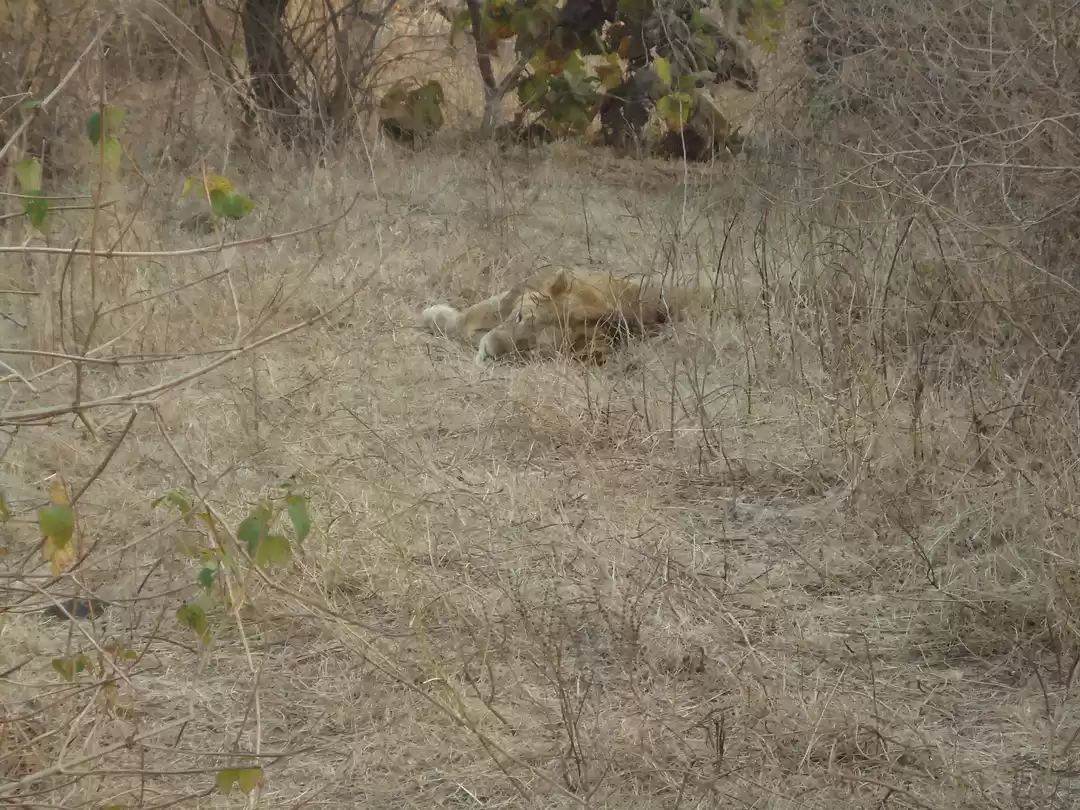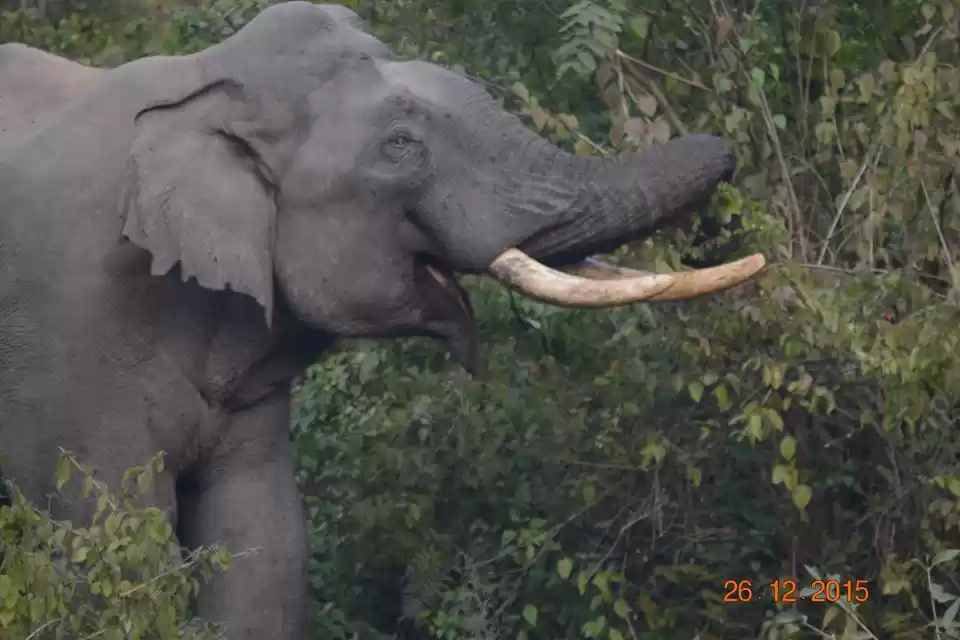Have you ever dreamed of seeing wild elephants up close? Do you want to experience the beauty and diversity of Sri Lanka’s nature? If so, you should definitely visit Udawalawe National Park, one of the most popular and impressive national parks in the country.
Udawalawe National Park is a stunning wildlife sanctuary that covers an area of 308 square kilometers in the south-central region of Sri Lanka. It is home to over 600 elephants, as well as many other animals, birds, and plants. It is also the location of the Elephant Transit Home, a rehabilitation center for orphaned and injured elephants.
In this article, we will give you a complete guide to Udawalawe National Park, including its history, wildlife, attractions, activities, accommodation, and travel tips. By the end of this article, you will have all the information you need to plan your trip to this amazing park and enjoy an unforgettable safari adventure.
About Udawalawe National Park
Udawalawe National Park was established in 1972 as a result of the construction of the Udawalawe Reservoir, a large artificial lake that provides water and electricity to the surrounding areas. The park was created to protect the wildlife that was displaced by the reservoir, especially the elephants, which are the main attraction of the park.
The park is located in the dry zone of Sri Lanka, which means it has a hot and dry climate for most of the year. The park consists of a variety of habitats, such as grasslands, scrublands, forests, and wetlands. The park is bordered by the Walawe River on the north and the Udawalawe Reservoir on the south.
The park is famous for its large population of elephants, which can be seen throughout the year. The park has one of the highest densities of elephants in the world, with an estimated 600 to 700 individuals. The elephants are the main reason why most visitors come to the park, as they offer a spectacular sight and a unique opportunity to observe their behavior and interactions.
The park is also home to many other animals, such as water buffalos, spotted deer, sambar deer, wild boar, jackals, mongooses, crocodiles, leopards, and monkeys. The park is also a paradise for birdwatchers, as it hosts over 180 species of birds, including endemic, migratory, and endangered ones. Some of the most notable birds in the park are the Sri Lankan junglefowl, the Sri Lankan spurfowl, the white-bellied sea eagle, the grey-headed fish eagle, the changeable hawk-eagle, and the brown fish owl.
The park is also rich in plant life, with over 400 species of plants, including grasses, shrubs, trees, and flowers. Some of the most common plants in the park are the palu, the weera, the satinwood, the ebony, the kumbuk, and the arjun. The park also has some rare and endemic plants, such as the Udawalawe dwarf bamboo, the Udawalawe orchid, and the Udawalawe fern.
The park is not only a wildlife sanctuary, but also a conservation and education center. The park is managed by the Department of Wildlife Conservation, which aims to protect and preserve the park’s biodiversity, as well as to promote ecotourism and environmental awareness. The park also works closely with the Elephant Transit Home, which is a rehabilitation center for orphaned and injured elephants, located near the park’s entrance.
Best Time to Visit Udawalawe National Park
The best time to visit Udawalawe National Park depends on your preferences and expectations. The park is open all year round, and you can see elephants and other animals at any time of the year. However, there are some factors that you should consider, such as the weather, the seasons, and the crowds.
The weather in Udawalawe National Park is hot and dry for most of the year, with an average temperature of 30 degrees Celsius. The park has two main seasons: the dry season and the wet season. The dry season lasts from May to September, and the wet season lasts from October to April. The dry season is the best time to visit the park if you want to see more animals, especially elephants, as they tend to congregate around the water sources, such as the reservoir and the river. The wet season is the best time to visit the park if you want to see more greenery, flowers, and birds, as the park becomes more lush and colorful.
The seasons also affect the crowds in the park. The park is more crowded during the peak tourist season, which coincides with the dry season, from May to September. The park is less crowded during the off-peak tourist season, which coincides with the wet season, from October to April. The park is also more crowded during the weekends and public holidays, regardless of the season. If you want to avoid the crowds, you should visit the park on weekdays and during the off-peak season.
The best time to visit the park also depends on the time of the day. The park is open from 6 a.m. to 6 p.m., and you can choose to visit the park in the morning, in the afternoon, or in the evening. The morning and the evening are the best times to visit the park if you want to see more animals, especially elephants, as they are more active and visible during these times. The afternoon is the best time to visit the park if you want to see more scenery, as the sun is less harsh and the light is more favorable for photography.
How to Reach Udawalawe National Park
Udawalawe National Park is located in the south-central region of Sri Lanka, about 200 kilometers from Colombo, the capital city. There are several ways to reach the park, depending on your budget, time, and convenience. You can choose to travel by car, by bus, by train, or by plane.
By car: Traveling by car is the most comfortable and flexible way to reach the park, as you can enjoy the scenic views along the way and stop whenever you want. You can either rent a car and drive yourself, or hire a driver and a car. The drive from Colombo to the park takes about 4 to 5 hours, depending on the traffic and the road conditions. The road is mostly smooth and well-maintained, but it can be narrow and winding in some parts. The entrance to the park is located on the A18 road, near the town of Udawalawe. The cost of renting a car and a driver varies depending on the type of car, the duration of the trip, and the negotiation skills. You can expect to pay around 10,000 to 15,000 Sri Lankan rupees (around 50 to 75 US dollars) for a one-way trip.
By bus: Traveling by bus is the cheapest and most authentic way to reach the park, as you can experience the local culture and interact with the people. However, it is also the most time-consuming and least comfortable way, as you have to deal with the crowded, noisy, and bumpy buses. You can either take a direct bus from Colombo to Udawalawe, or take a bus from Colombo to Embilipitiya, and then take another bus from Embilipitiya to Udawalawe. The bus from Colombo to Udawalawe takes about 6 to 7 hours, and the bus from Colombo to Embilipitiya takes about 5 to 6 hours. The bus from Embilipitiya to Udawalawe takes about 30 to 45 minutes. The bus fare from Colombo to Udawalawe is around 400 Sri Lankan rupees (around 2 US dollars), and the bus fare from Embilipitiya to Udawalawe is around 50 Sri Lankan rupees (around 0.25 US dollars).
By train: Traveling by train is a good compromise between comfort and cost, as you can enjoy the views and the atmosphere of the train, while saving some money and time. However, there is no direct train from Colombo to Udawalawe, so you have to take a train from Colombo to Haputale, and then take a bus or a taxi from Haputale to Udawalawe. The train from Colombo to Haputale takes about 7 to 8 hours, and the bus or taxi from Haputale to Udawalawe takes about 2 to 3 hours. The train fare from Colombo to Haputale is around 600 Sri Lankan rupees (around 3 US dollars) for a second-class seat, and the bus or taxi fare from Haputale to Udawalawe is around 1,000 to 2,000 Sri Lankan rupees (around 5 to 10 US dollars).
By plane: Traveling by plane is the fastest and most convenient way to reach the park, as you can save a lot of time and hassle. However, it is also the most expensive and least eco-friendly way, as you have to pay a high price and emit a lot of carbon. There is no airport near the park, so you have to take a flight from Colombo to Mattala, and then take a taxi from Mattala to Udawalawe. The flight from Colombo to Mattala takes about 45 minutes, and the taxi from Mattala to Udawalawe takes about 1 hour. The flight fare from Colombo to Mattala is around 15,000 to 20,000 Sri Lankan rupees (around 75 to 100 US dollars), and the taxi fare from Mattala to Udawalawe is around 5,000 to 10,000 Sri Lankan rupees (around 25 to 50 US dollars).
Things to Do in Udawalawe National Park
Udawalawe National Park offers a variety of things to do for visitors of all ages and interests. Whether you are looking for an exciting safari tour, a relaxing camping experience, or a rewarding hiking adventure, you will find something that suits your taste and budget. Here are some of the top things to do in Udawalawe National Park:
Safari tours: The most popular and thrilling activity in the park is to go on a safari tour, where you can see the elephants and other animals in their natural habitat. You can choose from different types of safari tours, such as half-day, full-day, morning, afternoon, or evening tours. You can also choose from different types of vehicles, such as jeeps, vans, or buses. You can either book a safari tour in advance, or arrange one at the park’s entrance. A safari tour usually includes a guide, a driver, a vehicle, and an entrance fee. A safari tour costs around 4,000 to 6,000 Sri Lankan rupees (around 20 to 30 US dollars) per person, depending on the type, duration, and size of the tour.

Elephant transit home: The second most popular and rewarding activity in the park is to visit the Elephant Transit Home, a rehabilitation center for orphaned and injured elephants, located near the park’s entrance. The Elephant Transit Home was established in 1995 by the Department of Wildlife Conservation, in collaboration with the Born Free Foundation, a UK-based animal welfare organization. The Elephant Transit Home aims to rescue, treat, and release the elephants back to the wild, after they are fully recovered and independent. The Elephant Transit Home currently houses over 40 elephants, ranging from newborns to adolescents. The Elephant Transit Home is open to the public, and you can see the elephants being fed, bathed, and cared for by the staff. The best time to visit the Elephant Transit Home is during the feeding times, which are at 9 a.m., 12 p.m., 3 p.m., and 6 p.m. The admission fee to the Elephant Transit Home is 500 Sri Lankan rupees (around 2.5 US dollars) per person, and the proceeds go to the maintenance and operation of the center.

Camping: The third most popular and enjoyable activity in the park is to go camping, where you can spend a night or more in the park, surrounded by nature and wildlife. You can choose from different types of camping options, such as luxury, standard, or basic camping. You can either book a camping package in advance, or arrange one at the park’s entrance. A camping package usually includes a tent, a bed, a bathroom, a meal, a bonfire, and a safari tour. A camping package costs around 10,000 to 20,000 Sri Lankan rupees (around 50 to 100 US dollars) per person, depending on the type, duration, and size of the package.
Birdwatching: The fourth most popular and fascinating activity in the park is to go birdwatching, where you can see and hear the diverse and colorful birds that inhabit the park. You can either join a guided birdwatching tour, or explore the park on your own. You can also rent a pair of binoculars or a bird guide book at the park’s entrance. The best time to go birdwatching is in the early morning or late afternoon, when the birds are most active and vocal. The best places to go birdwatching are near the reservoir, the river, and the wetlands, where you can find a variety of water birds, such as herons, egrets, storks, pelicans, and ducks. You can also find a variety of forest birds, such as woodpeckers, barbets, hornbills, and flycatchers. Some of the rare and endemic birds that you can spot in the park are the Sri Lankan junglefowl, the Sri Lankan spurfowl, the red-faced malkoha, the Sri Lanka grey hornbill, and the Sri Lanka wood pigeon.
Hiking: The fifth most popular and adventurous activity in the park is to go hiking, where you can explore the park’s trails and landscapes on foot. You can either join a guided hiking tour, or hike on your own. You can also rent a map or a hiking guide book at the park’s entrance. The best time to go hiking is in the morning or evening, when the temperature is cooler and the light is better. The best places to go hiking are in the grasslands, the forests, and the mountains, where you can enjoy the views and the scenery. Some of the trails that you can hike in the park are the Uda Walawe Trail, the Kalthota Trail, the Weliara Trail, and the Diyawini Falls Trail. Some of the attractions that you can see along the trails are the Uda Walawe Reservoir, the Walawe River, the Kalthota Escarpment, the Weliara Cave, and the Diyawini Falls.
Places to Stay near Udawalawe National Park
Udawalawe National Park has a range of places to stay near the park, catering to different tastes and budgets. Whether you are looking for a luxury hotel, a cozy guesthouse, or a rustic campsite, you will find something that suits your needs and preferences. Here are some of the best places to stay near Udawalawe National Park:
Grand Udawalawe Safari Resort: This is a luxury resort that offers spacious and comfortable rooms, with modern amenities and facilities. The resort has a swimming pool, a spa, a restaurant, a bar, and a garden. The resort also offers safari tours, elephant rides, and cultural shows. The resort is located about 10 kilometers from the park’s entrance, and the room rate is around 20,000 Sri Lankan rupees (around 100 US dollars) per night, including breakfast.
Athgira River Camp: This is a standard campsite that offers cozy and clean tents, with basic amenities and facilities. The campsite has a common bathroom, a dining area, a lounge, and a fire pit. The campsite also offers safari tours, elephant transit home visits, and river rafting. The campsite is located about 5 kilometers from the park’s entrance, and the tent rate is around 10,000 Sri Lankan rupees (around 50 US dollars) per night, including breakfast and dinner.
Kottawatta Village: This is a budget guesthouse that offers simple and affordable rooms, with basic amenities and facilities. The guesthouse has a shared bathroom, a restaurant, a bar, and a garden. The guesthouse also offers safari tours, bicycle rentals, and laundry services. The guesthouse is located about 3 kilometers from the park’s entrance, and the room rate is around 5,000 Sri Lankan rupees (around 25 US dollars) per night, including breakfast.
Tips for Visiting Udawalawe National Park
Udawalawe National Park is a wonderful place to visit, but it also requires some preparation and precautions. Here are some tips and advice for visiting Udawalawe National Park, to make your trip more enjoyable and safe:
Pack wisely: You should pack light and smart for your trip to the park, as you will have to carry your luggage and move around a lot. You should pack the essentials, such as clothes, shoes, toiletries, medicines, and documents. You should also pack some extra items, such as sunglasses, hats, sunscreen, insect repellent, water bottles, snacks, and cameras. You should also pack some warm clothes, as it can get cold at night in the park.
Dress appropriately: You should dress comfortably and appropriately for your trip to the park, as you will have to walk and sit for long hours. You should wear light and breathable clothes, such as cotton shirts, shorts, and pants. You should also wear sturdy and comfortable shoes, such as sneakers or boots. You should avoid wearing bright and flashy colors, such as red, yellow, and orange, as they can attract and disturb the animals. You should also avoid wearing jewelry, perfume, and makeup, as they can irritate and annoy the animals.
Follow the rules: You should follow the rules and regulations of the park, as they are meant to protect and preserve the park’s wildlife and environment. You should respect the park’s opening and closing hours, which are from 6 a.m. to 6 p.m. You should also respect the park’s entrance fee, which is 3,000 Sri Lankan rupees (around 15 US dollars) per person, and the vehicle fee, which is 250 Sri Lankan rupees (around 1.25 US dollars) per vehicle. You should also respect the park’s boundaries, and stay within the designated areas and trails. You should also respect the park’s staff and guides, and listen to their instructions and advice.
Be respectful: You should be respectful and courteous to the park’s wildlife and environment, as they are the main reason why you are visiting the park. You should not feed, touch, or disturb the animals, as they are wild and unpredictable. You should also not litter, smoke, or make loud noises, as they can harm and pollute the park. You should also not take any souvenirs, such as plants, feathers, or bones, as they can damage and deplete the park. You should also not harm or kill any animals, as they are protected and endangered.
Enjoy yourself: You should enjoy yourself and have fun in the park, as it is a unique and memorable experience. You should take plenty of photos and videos, as they will help you remember and share your trip. You should also learn and appreciate the park’s wildlife and environment, as they will enrich your knowledge and awareness. You should also interact and socialize with other visitors, guides, and locals, as they will enhance your cultural and personal exchange.
Conclusion
Udawalawe National Park is a must-visit destination for anyone who loves nature and wildlife. It is one of the best places to see wild elephants in Sri Lanka, as well as many other animals, birds, and plants. It is also a great place to enjoy various activities, such as safari tours, elephant transit home visits, camping, birdwatching, and hiking. It is also a great place to relax, unwind, and escape from the hustle and bustle of the city.
If you are planning to visit Udawalawe National Park, we hope that this article has given you all the information and tips you need to make your trip a success. We also hope that this article has inspired you to book your trip and experience the beauty and wonder of this amazing park.
We are Tripoto, a travel website that helps you discover and book the best travel experiences around the world. We also help you share your travel stories and connect with other travelers. If you liked this article, please share it with your friends and family, and leave us a comment below. If you have any questions or suggestions, please feel free to contact us. We would love to hear from you.
Thank you for reading, and happy travels!


